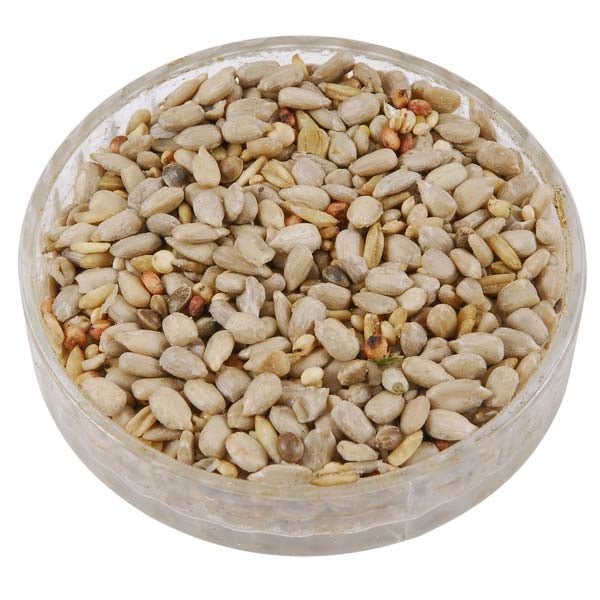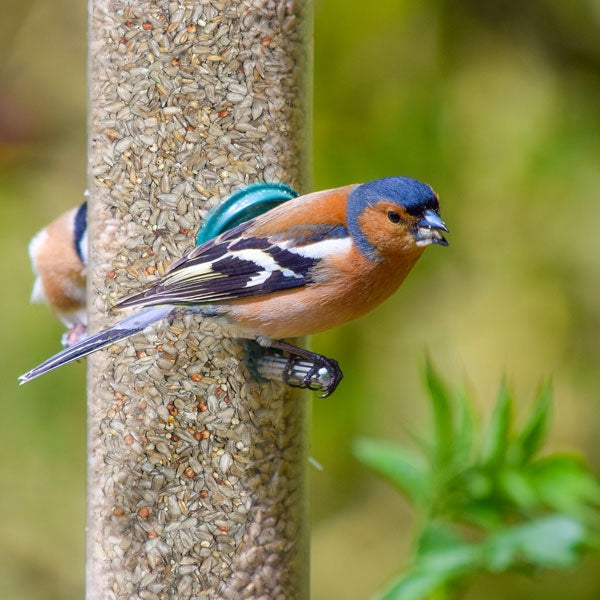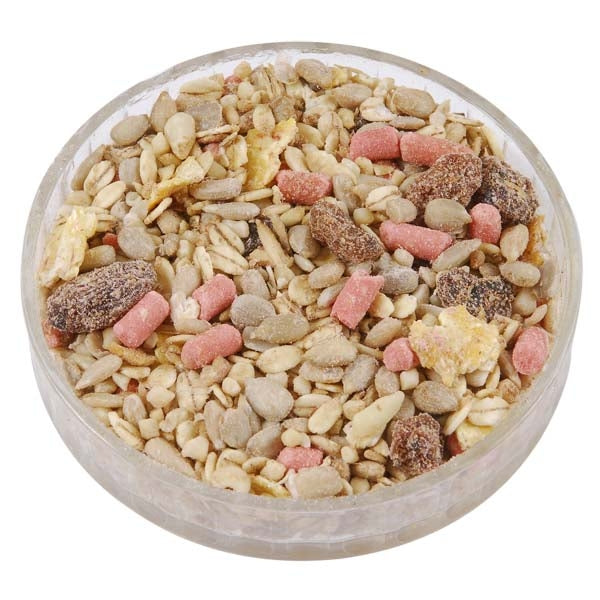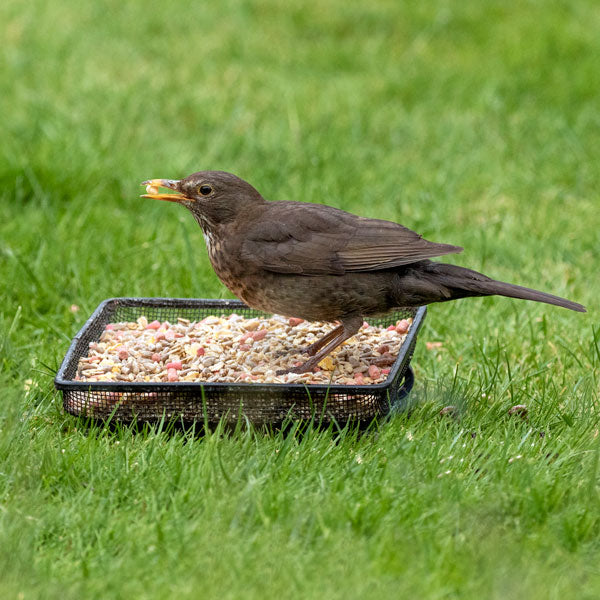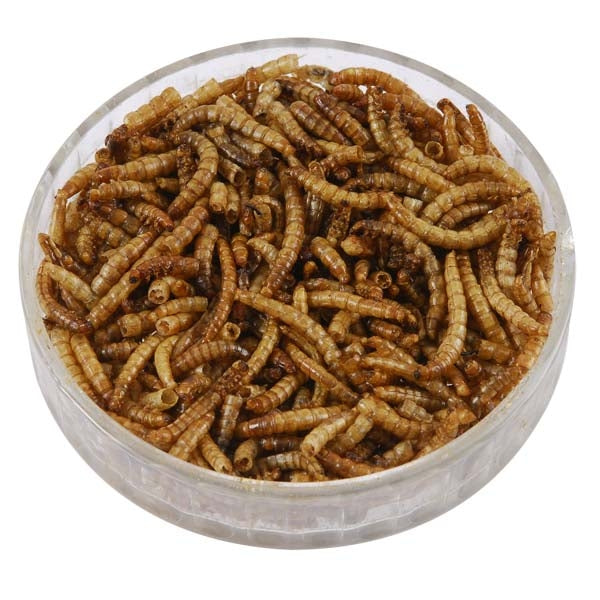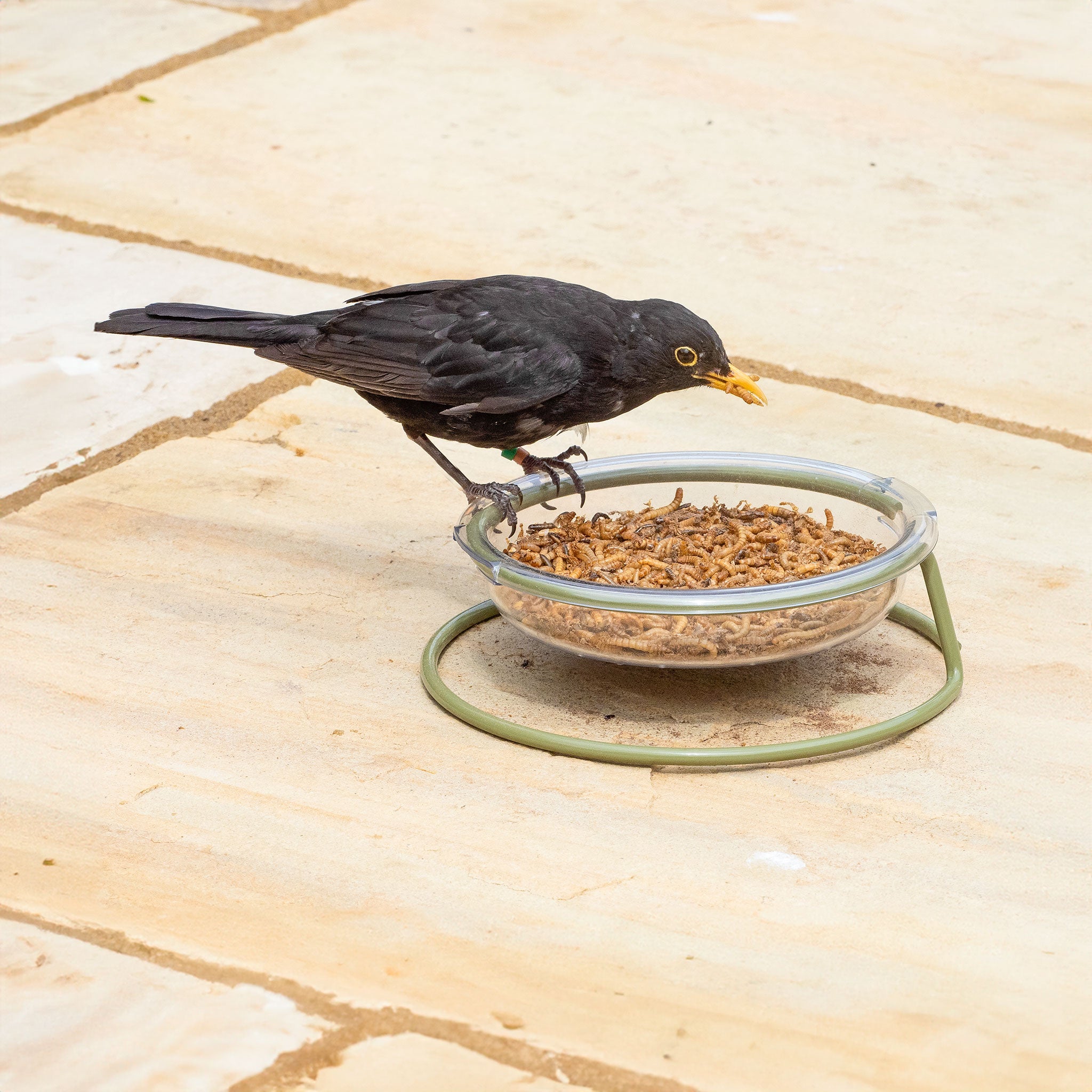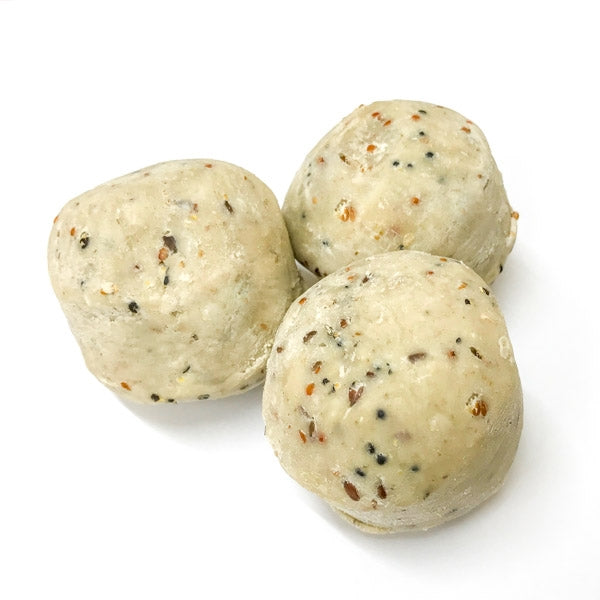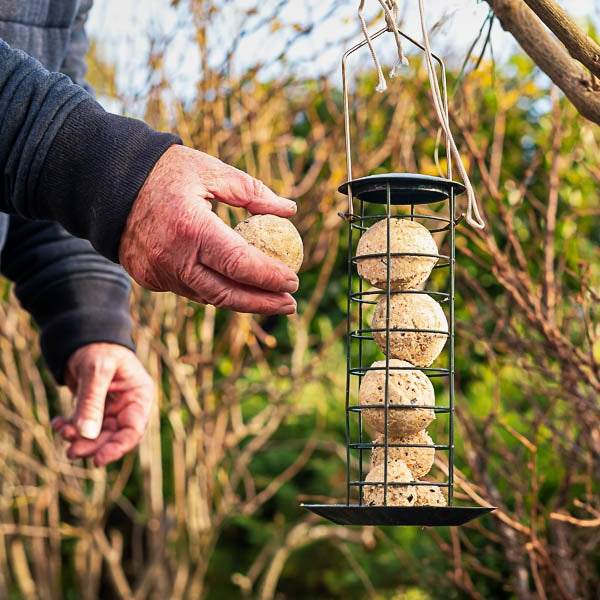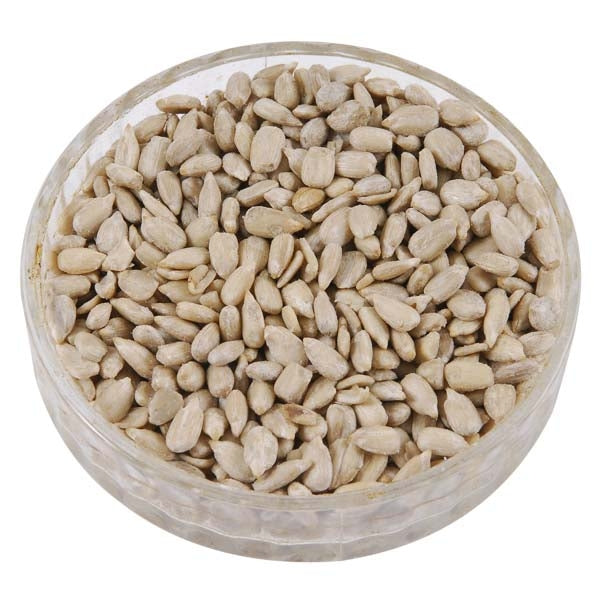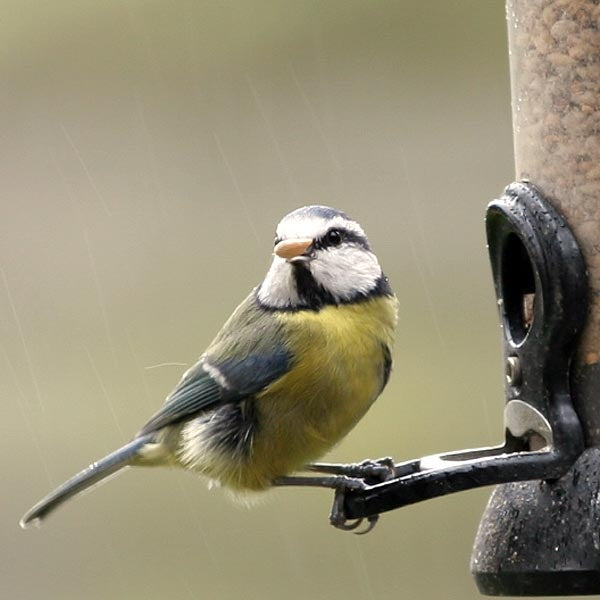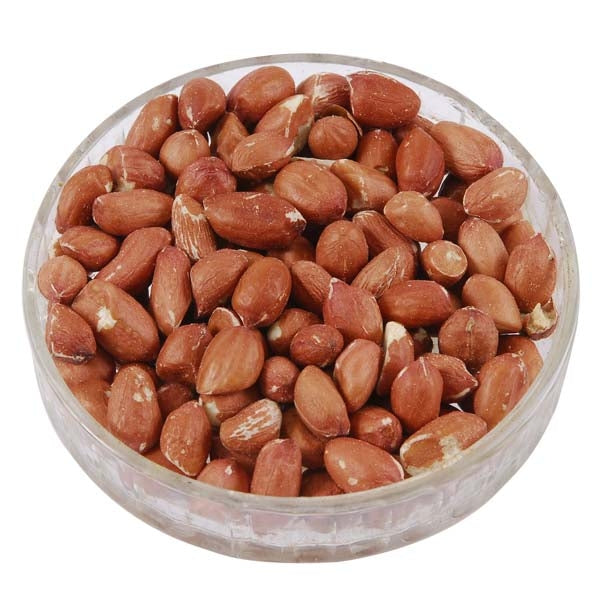What does it mean when a bird is moulting?
UK garden birds like all birds’ moult for two primary reasons. Firstly, because over time feathers get damaged and wear out. Feathers are made from a hard substance called keratin, similar to human nails, and therefore are dead organic material, meaning it cannot ‘heal’ and therefore must be replaced when damaged. Secondly, most birds’ moults are triggered for different reasons, but all based around seasons. Some will want new feathers to be in best shape before they migrate, others will want warm feathers for winter months.
Moulting patterns therefore vary depending on species and need, but all are to replace old and damaged feathers with new ones, to maintain health, insulation and the ability to fly. Additionally, many species also use moulting to produce exotic or vibrant feathers with which to attract mates.
During the moult, birds become shy and nervous due to the increased risk of predation due to reduced ability to fly. They typically disappear from our gardens for 4-8 weeks, preferring to remain hidden in dense undergrowth, until they have a new full set of flight feathers. Bird feeders can be very quiet at this time of year.
When is moulting season & do birds moult in the UK?
Most of our resident garden birds in the UK moult at the end of the breeding season in late summer. They use the opportunity when the weather is at its warmest and the hedgerows are full of fruit and berries. Hole nesting birds such as blue and great tits can look very dishevelled due to the wear on their feathers from repeatedly popping in and out of nest boxes. The moult therefore tends to peak around September, but some species will moult sooner, others later. Males tend to moult a few weeks earlier than the females and weather can make a big difference to when birds choose to moult.

Here are details of a few common species and their moulting habits:
Robins
Robins are one of the first birds to moult in the UK and due to their friendly nature and close association with bird feeders, are the most likely bird you’ll see mid-moult. As early as July and regularly throughout August, you may see a robin in a dishevelled state and even with a bald head! The process usually starts once the last fledglings leave the nest and takes 6-8 weeks, from start to finish. Male robins tend to moult before the females.
Blue Tits
Blue tits also moult at the end of the breeding season, starting in late July or August. They moult gradually over several weeks, often only completing the process in late September or October. Blue tits are less active during this period, conserving energy and hiding away while they grow new feathers.
Blackbirds
Blackbirds are early breeders and following the same line as other species also tend to moult early too. Often beginning in July. Blackbirds are another bird you may see with missing feathers or looking terribly shabby anytime between August and September. During the moult blackbirds can often abandon gardens entirely for a number of weeks.
House Sparrows
House sparrows can raise a number of broods during summer and therefore start moulting later than other species. Usually beginning in late July or during August and not completing the process until October. Similar to their relatives, they too moult gradually to avoid becoming entirely flightless, but they will retire and skulk away until they complete the process.
Swallows
Swallows along with other migratory species have a greater need to ensure they have the best feather condition before they migrate in the autumn. They therefore moult during August or as soon as they finish breeding. They take advantage of the warmer weather and complete the process by September in time for them to congregate in large flocks with whom they then migrate to Africa.
How often do birds moult?
Most of our garden birds here in the UK will moult once a year typically in late summer at the end of the breeding season. Some species may have a second partial moult, for example young birds moulting to adult plumage, or some birds grow special ‘display’ feathers in springtime to attract mates.
Other species may have continual moults, such as pigeons changing the smaller feathers to regulate temperature. Certain species in particularly harsh environments may have full moults twice a year or more, to maintain health and fitness.
How long do birds moult for?
The majority of our garden birds carry out full moults once a year and this process will take from 4-8 weeks from beginning to end. There are three primary techniques birds adopt during the moult, and each provides benefits depending on the species.
Sequential moult:
Typical of our garden birds is when the bird drops a proportion of its feathers, then grows new ones before shedding the next set. A good example of this is when a bird moults alternate flight feathers, in pairs from each wing, growing new ones before shedding the next set, and so on, until all feathers have been replaced. The benefit of this approach is that the bird maintains the ability to fly throughout, the disadvantage is the extra time taken moulting.
Simultaneous moult:
Is often used by waterfowl including ducks. These birds will moult all their feathers at the same time, losing the ability to fly. They need to hide aways from predators over this period as they are extremely vulnerable. The advantage of this technique is that it’s much quicker than sequential moulting, but the disadvantage is the vulnerability while flightless.
Partial moult:
This is used by many species and can allow multiple moults in a single season. Some birds will use it to grow additional feathers to keep them warm in winter and shed them in the spring. Others will grow special decorative feathers to attract mates in spring. As well as young birds taking several partial moults to grow a full adult set of plumage.
Bird Behavioural Changes during the moult
While birds undergo a moult, they lose some ability to fly, as well as waterproofing and warmth. Due to these restrictions on their abilities, most will withdraw from daily life and adopt a more cautious approach. They will typically fly less frequently and avoid moving long-distances. They will seek to remain closer to food sources, such as hedgerows containing berries and fruit (as well as insects), and stay out of sight. This all helps conserve energy and reduces the risk of predation while their mobility is reduced.

Seasonal changes due to the moult
Autumn months
Shortly after the completion of the moult our garden birds will become more active once more and begin arriving in gardens and at feeders in numbers. New feathers are covered in waxy coating and colouring may appear flatter than earlier in the year.
Winter months
Following the moult birds’ feathers will be in their best condition and provide plenty of warmth and waterproofing for the cold days and nights ahead. They become less territorial and often combine in mixed flocks and due to winter colouring may easily be confused between species. Many appearing drabber than they do in summer plumage.
Spring months
By the time spring arrives, all the wax will be worn from the feathers and along with food and hormonal changes, feathers shine in their best condition, giving birds a more vibrant appearance. Males in particular will seek sunny spots in which to highlight his plumage to attract mates, and we will also see them at their best, most vivid coloured plumage.
Summer months
Summer is breeding season for UK garden birds and following pairs mating nesting begins. Females are typically less colourful than males as they frequently do more of the brooding and need to be less conspicuous than the males. Raising a family will take its toll on all breeding pairs and feathers become worn and damaged, and the process starts all over again.
Whatever the species of bird and whenever the moult occurs, it is a carefully timed process that coincides with periods when birds can afford to safely risk reduced mobility, between breeding, migrating and winter.

Bird feather maintenance
All birds preen regularly to keep their feathers clean and well-maintained. Preening is used to remove dirt and parasites, and to keep feathers aligned to help with insulation and flights. They also have a gland near the base of their tail that exudes oil which is used to keep them waterproof and vibrant. Regular preening or grooming is a daily activity to keep bird feathers in good condition for longer and to maintain their overall health.
What to expect while birds moult
During late summer during the moult, you can expect garden birds to stop visiting your feeders for a period of 4-8 weeks. Blackbirds and robins may not appear on lawns and bird tables can be left with food untouched for days at a time.
Don't worry, your birds will be back. However, during this time they will be skulking around in the background, keeping out of sight until they have a full replacement set of feathers.
This is a totally natural process and happens every year.



